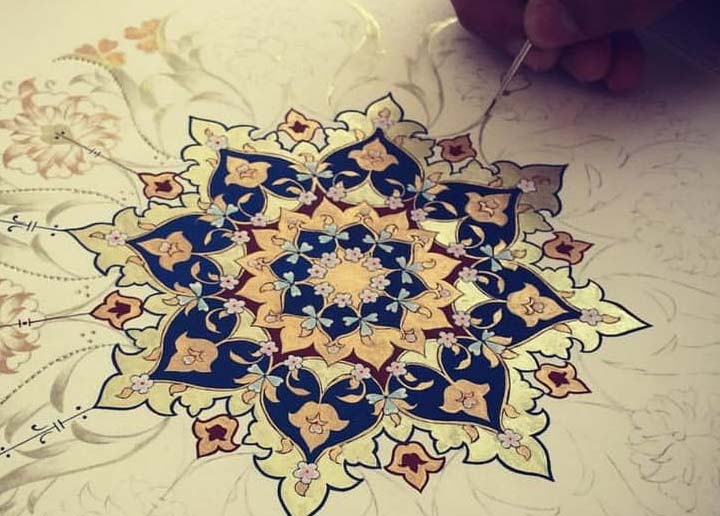
The Art of Illuminated Manuscripts: History and Influence
An illuminated manuscript is a handwritten book or document that has been enriched with decorative elements such as ornate initials, intricate borders, and miniature illustrations. In its strictest sense, the term refers to manuscripts adorned with gold or silver. However, in general usage, it applies to any decorated or illustrated manuscript. Islamic manuscripts, in particular, may be described as illuminated, illustrated, or painted works due to their exquisite embellishments.
Skilled artists and craftsmen have used this art form for centuries to enhance the beauty of literary and religious texts. These manuscripts often feature arabesque and floral motifs, especially in golden-hued pages, to create visually stunning works.
Origins of Illuminated Manuscripts in Iran
The roots of illuminated manuscripts in Iranian culture trace back to the Sassanid era. With the advent of Islam, Islamic and Arab rulers adopted this artistic tradition, classifying it as part of Islamic art. Over time, it flourished under various dynasties, reaching its peak during the Seljuk and Timurid periods, when skilled artisans turned manuscript illumination into a highly refined art form.
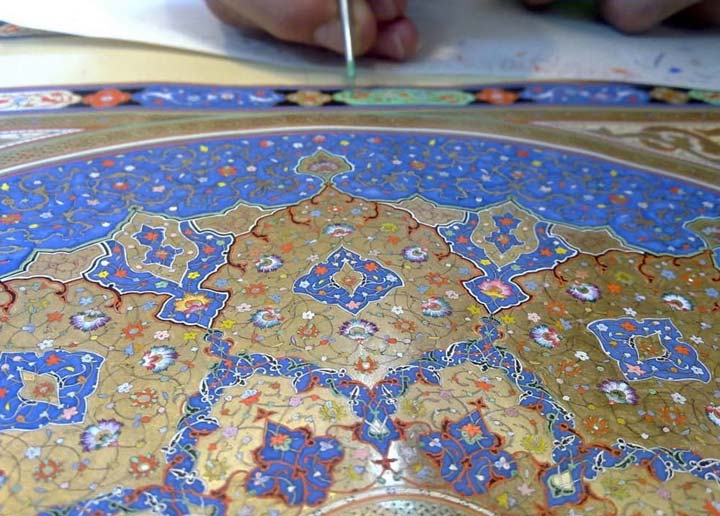
Golden Age of Persian Illuminated Manuscripts
During the Seljuk and Timurid eras, Iranian kings and rulers patronized painters, bookbinders, and calligraphers, inviting them to their royal courts. These artists worked in the libraries of major cities to create extraordinary masterpieces, many of which are now housed in museums around the world. Despite periods of cultural decline due to political changes, illuminated manuscripts continued to thrive, thanks to the dedication of Iranian artists and craftsmen.
Major Schools of Illumination
Similar to other art forms, illuminated manuscripts evolved through different artistic schools, influenced by the aesthetics of their respective eras. The major schools of Persian illumination include:
- Seljuk School
- Bukhara School
- Timurid School
- Safavid School
- Qajar School
The key differences between these styles lie in the choice of colors, intricate patterns, and calligraphic styles, each reflecting the cultural and emotional essence of its time. Initially, during the 4th and 5th centuries, illumination was relatively simple. However, from the 6th century onward, the art form grew in complexity, grandeur, and artistic value.
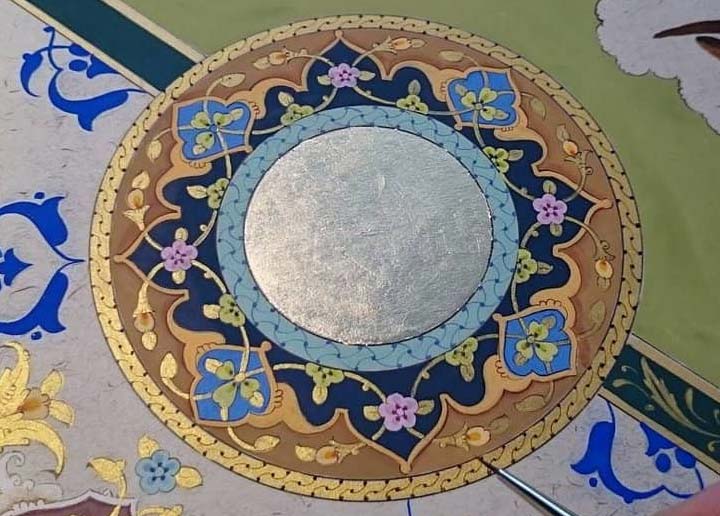
Influence of Persian Illumination Beyond Iran
Over the centuries, Persian illuminated manuscripts have influenced the artistic traditions of India, Turkey, and Arab nations. During the Safavid period, many Persian artists migrated to India, where they played a key role in founding the Iranian-Indian school of painting, producing some of the finest masterpieces in history. Today, remnants of this Persian artistic legacy continue to thrive in Turkey and beyond, thanks to the contributions of Iranian artists who settled there.
Illumination in Quranic Manuscripts
The beautification of the Quran through illumination dates back to the early Islamic period. As Muslims grew more devoted to the Quran’s visual presentation, artisans developed decorative chapter headings, verse markers, and ornamental elements for Surahs, Ayahs, and prostration signs. This tradition reflects the deep reverence for the sacred text and its aesthetic enhancement over time.
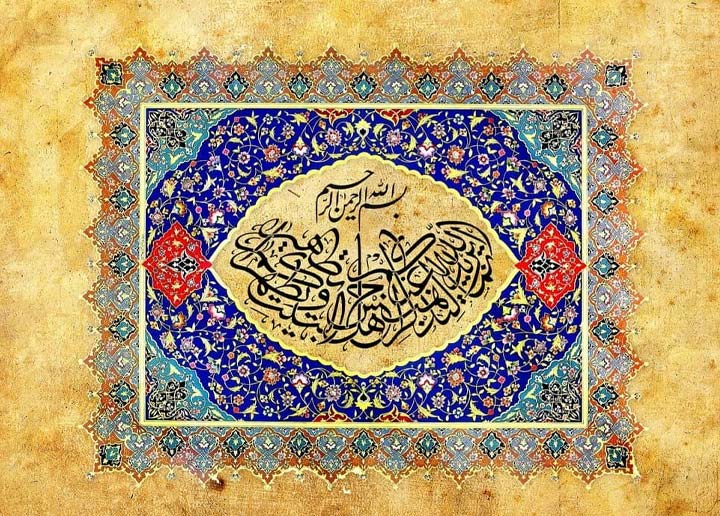
Timurid Era: A Renaissance for Illuminated Manuscripts
The Timurid dynasty played a crucial role in advancing the art of manuscript illumination. Under the patronage of Sultan Baysongor Bahador Khan, an avid artist and calligrapher, Iran witnessed an artistic renaissance. He brought together the most talented writers, calligraphers, illuminators, painters, and bookbinders, establishing a library in Herat that became a center for artistic excellence.
During this period, some of the most exquisite religious manuscripts were produced, particularly illuminated Qurans belonging to Shahrokh and Baysongor. These manuscripts, adorned with gold and lapis lazuli, remain among the finest examples of illuminated books ever created.
Conclusion
The art of illuminated manuscripts is a remarkable aspect of Persian and Islamic culture, showcasing centuries of craftsmanship and artistic evolution. From the Sassanid era to the Timurid and Safavid periods, illuminated manuscripts have not only enriched literary and religious texts but also left a lasting impact on art traditions worldwide. Even today, Persian illumination remains a source of inspiration, preserving its legacy through museums, libraries, and dedicated artisans.
With every brushstroke, colors come alive, whispering memories of the past into the present. These paintings are woven with unseen threads of time, love, and the human spirit—inviting you to step into their timeless embrace and feel the soul within each hue.


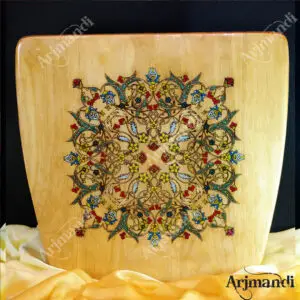
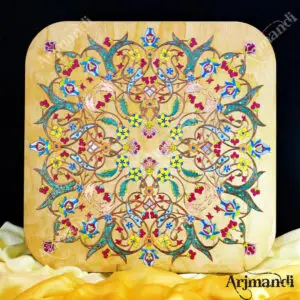
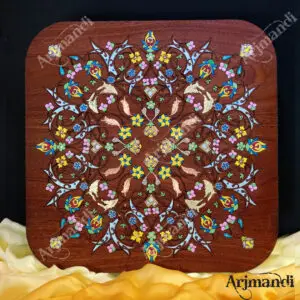
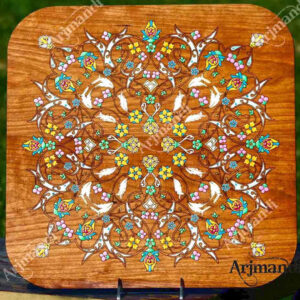
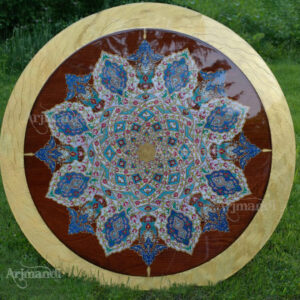
Beautiful ancient texts, glowing with golden artistry.